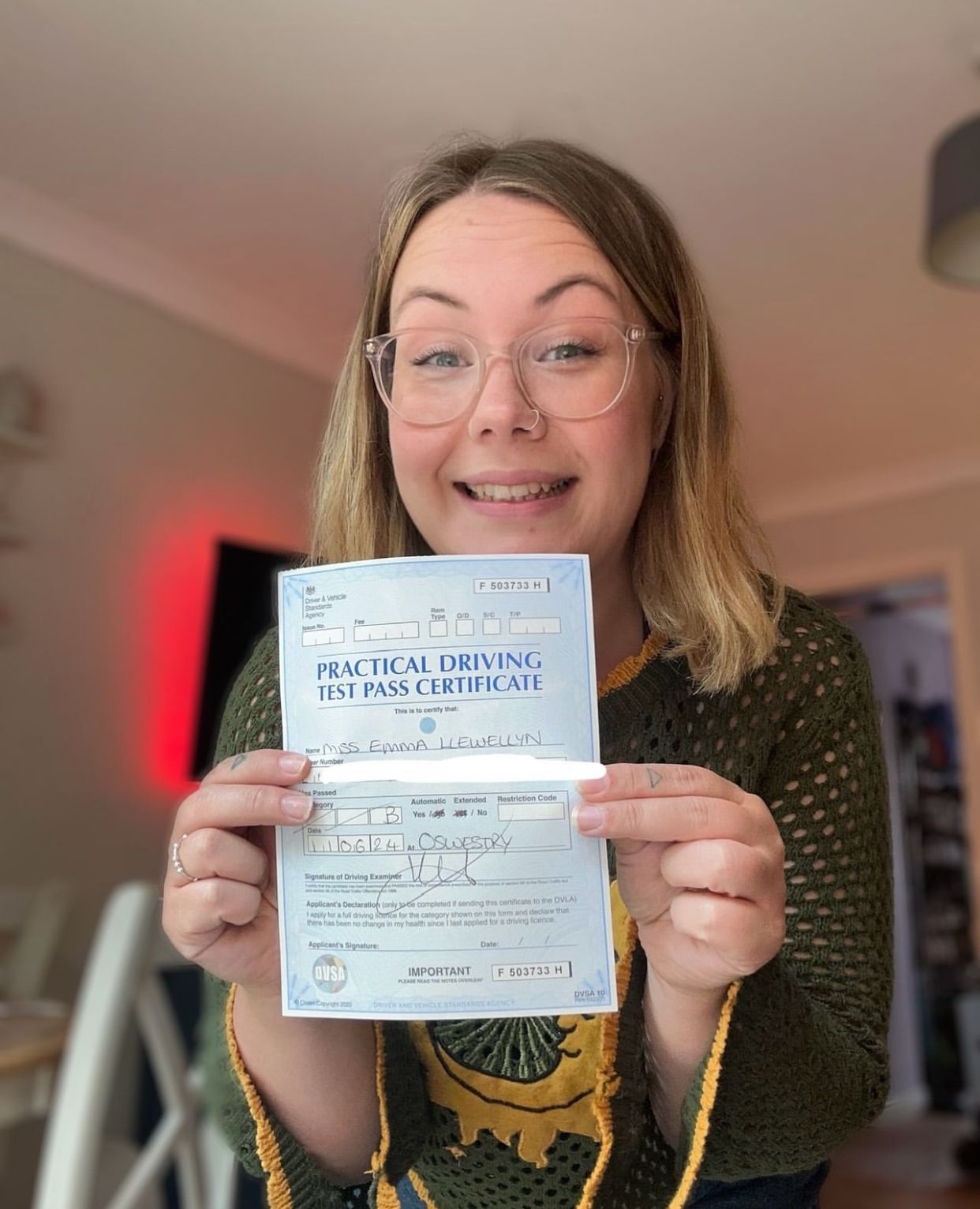Which Website To Research Driving License Uk Online
How to Get a Driving License in the UK
Acquiring a driving license in the United Kingdom is a significant milestone for lots of individuals. Whether one is a teen excited to acquire self-reliance, a young adult looking for task chances, or a newbie to the UK wanting movement, understanding the actions and requirements of acquiring a driving license is vital. This article will direct readers through the process, offering essential information on the numerous phases, requirements, and suggestions for success.
The Importance of a Driving License
Having a driving license opens many possibilities. It permits individuals the liberty to travel without depending on public transportation, decreases commute times, and can be important for certain task roles, particularly those that require travel or driving. Beyond useful aspects, getting a driving license frequently supplies a considerable increase to one's confidence and sense of self-reliance.
Stages of Obtaining a UK Driving License
The journey to becoming a certified driver in the UK includes numerous stages:
1. Provisional License Application
Before one can start learning to drive, they need to obtain a provisionary driving license. Here's how:
- Eligibility: Applicants should be at least 15 years and 9 months old however can not drive a lorry until they are 17.
- Application Process: This can be done online through the DVLA website or via a paper type. Applicants will need to offer personal information, including their name, address, and National Insurance number.
- Payment: There is a fee for obtaining a provisionary driving license, which varies based upon the application method— normally around ₤ 34 online and ₤ 43 by means of post.
- Files Required: A valid passport or another type of identity, together with an appropriate passport-style picture.
2. Driving Lessons
Once a provisional license is gotten, the next action is taking driving lessons.
- Selecting an Instructor: Research and select a qualified driving instructor. Try to find:
- Recommendations from good friends or family.
- Online evaluations.
- Instructors registered with the DVSA (Driving and Vehicle Standards Agency).
- Lessons: Driving lessons typically range from one to two hours long and concentrate on various driving abilities, consisting of:
- Road safety.
- Steering lorries.
- Understanding traffic rules.
- Practice: In addition to official lessons, learners should practice driving with a friend or relative who holds a complete driving license. The supervising driver needs to be over 21 and have had their license for a minimum of three years.
3. The Theory Test
Before taking the practical driving test, prospects need to pass the theory test, which consists of 2 parts:
- Multiple-choice Questions: Test-takers address questions on topics such as roadway indications, traffic laws, and safe driving practices.
- Hazard Perception Test: Candidates watch video clips of driving situations and should recognize prospective dangers establishing on the road.
The combined expense of the theory test is approximately ₤ 23. It can be booked online through the DVLA website, and it is advisable to prepare using apps, online courses, and practice tests offered.
4. The Practical Driving Test
After passing the theory test, learners can reserve their useful driving test.
- Scheduling the Test: The dry run can be scheduled online, with charges usually around ₤ 62 on weekdays and ₤ 75 on weekends.
- What to Expect: The dry run takes around 40 minutes and involves:
- Vehicle safety checks.
- A road drive, where the inspector evaluates driving skills in genuine traffic conditions.
- An independent driving part, where candidates browse using roadway signs or a sat-nav.
- Pass or Fail: Examiners score candidates on essential elements of driving and will notify them of their efficiency instantly after the test.
5. Getting the Full Driving License
Upon passing the dry run, new drivers will get their full driving license.
- Short-lived License: A temporary driving license is often released up until the main one arrives, which can take several weeks.
- Crucial Notes: A passed dry run permits people to drive without restrictions, but it is necessary to stay knowledgeable about road regulations to maintain safe driving practices.
Often Asked Questions (FAQs)
Q1: How long does the entire process take?
The timeline for obtaining a driving license differs substantially based on private readiness, availability for lessons, and passing the tests. Normally, experienced can anticipate the complete process to take several months.
Q2: Can I drive with a provisionary license?
Yes, students can drive with a provisional license as long as they are accompanied by a certified driver satisfying the prerequisites.
Q3: Are there ways to speed up the knowing procedure?
While practice is vital, some people pick intensive driving courses created to prepare candidates for their tests in a much shorter amount of time. This approach frequently leads to faster test readiness.
Q4: What takes place if I fail my dry run?
If a candidate stops working the dry run, they should wait a minimum of 10 working days before retaking it. Lots of also pick to book extra lessons to enhance their abilities before trying again.
Q5: Is insurance coverage needed for provisionary driving?
Yes, provisional drivers need to be guaranteed to practice driving on public roads. This can normally be set up through their supervising driver's insurance coverage.
Acquiring a driving license in the UK is a structured process that requires preparation, understanding, and commitment. By following the described phases— from obtaining a provisional license to passing the theory and dry runs— aiming drivers can browse the journey efficiently and emerge as confident, proficient drivers. Whether for this site or professional necessity, the effort invested in gaining a driving license is certainly beneficial. For more questions or personalized support, people should think about going to the official DVLA website or getting in touch with a local driving school.
